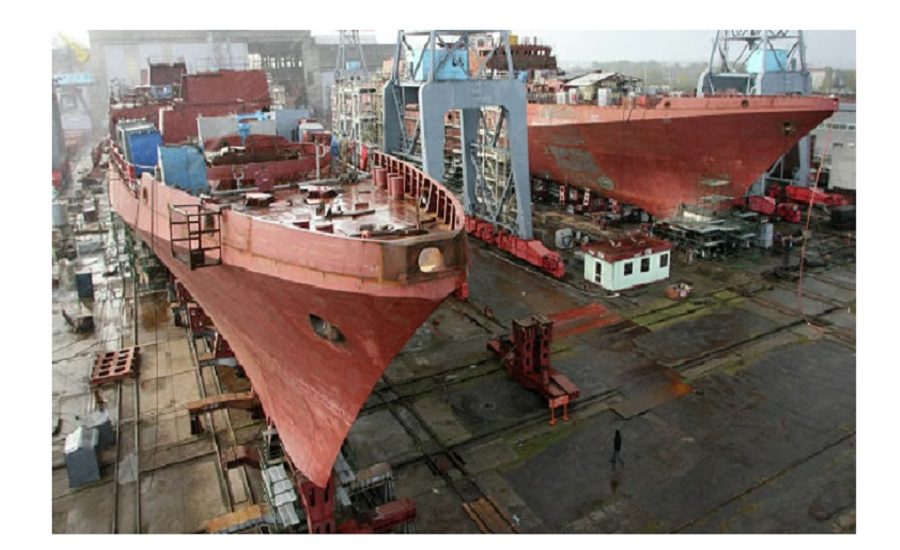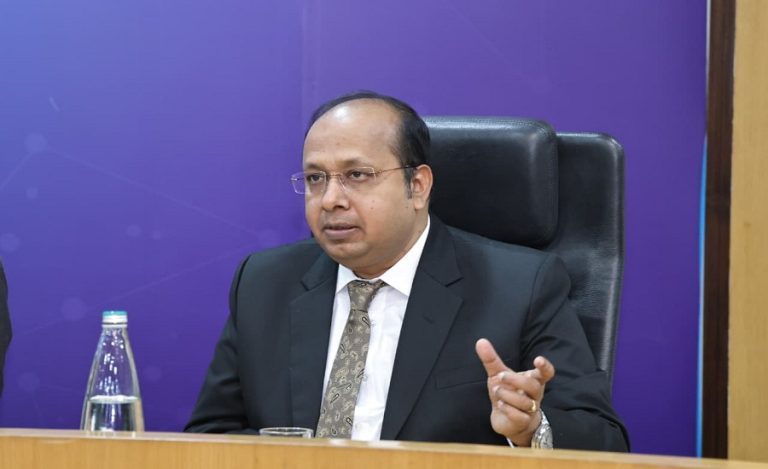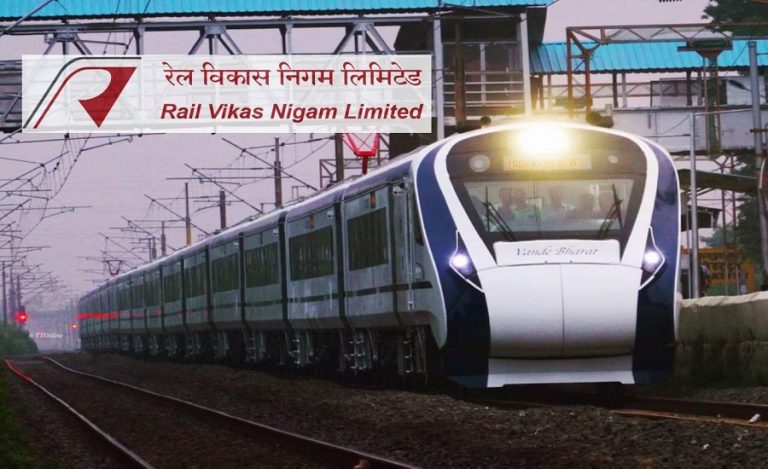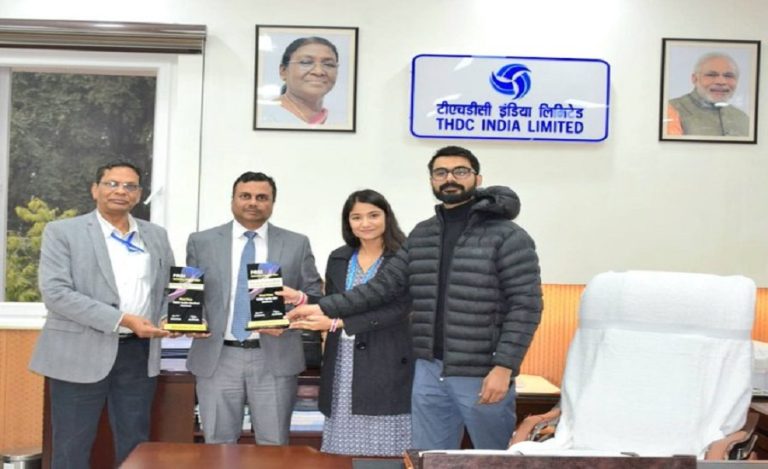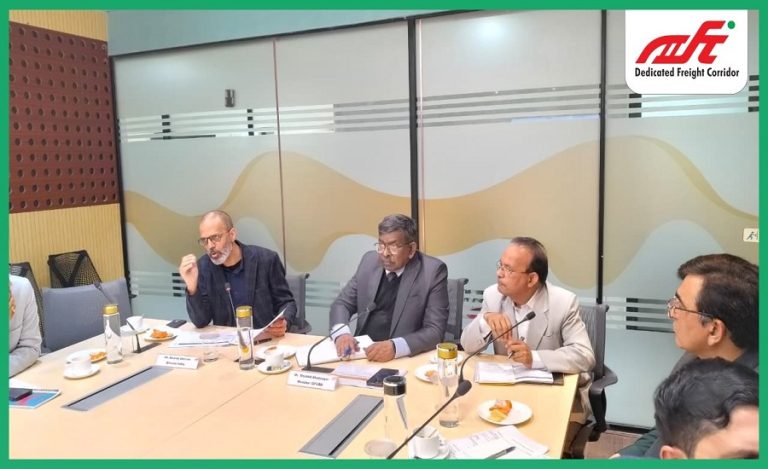New Delhi: In a landmark decision aimed at positioning India as a global maritime powerhouse, the Union Cabinet under Prime Minister Narendra Modi has approved a comprehensive ₹69,725 crore package to revitalize the country’s shipbuilding and maritime ecosystem.
The ambitious initiative, announced in September 2025, adopts a strategic four-pillar approach designed to expand domestic capacity, improve access to long-term financing, and create a globally competitive ecosystem in India’s maritime sector.
₹69725 crore maritime package: Four Strategic Pillars Drive Maritime Transformation
The government’s comprehensive strategy rests on four interconnected pillars, each addressing critical gaps in India’s shipbuilding infrastructure and maritime capabilities.
Pillar 1: Shipbuilding Financial Assistance Scheme (₹24,736 Crore)
The Shipbuilding Financial Assistance Scheme emerges as the foundational pillar with an outlay of ₹24,736 crore, extended until March 2036. This scheme integrates three critical components to catalyze domestic shipbuilding innovation.
Financial Assistance Component (₹20,554 Crore)
The scheme provides graduated financial support to Indian shipyards to bridge cost disadvantages. Vessels valued below ₹100 crore receive 15% assistance, while those above ₹100 crore get 20% support.
Green, hybrid, or specialized vessels qualify for enhanced 25% assistance, promoting sustainable maritime practices. All projects must demonstrate minimum 30% domestic value addition to encourage local manufacturing and MSME participation.
Ship-Breaking Credit Note (₹4,001 Crore)
A novel incentive mechanism offers credit notes worth 40% of vessel scrap value when scrapped at Indian shipyards.
These transferable, stackable notes remain valid for three years and can be redeemed against new vessel construction costs in domestic yards.
Pillar 2: Maritime Development Fund (₹25,000 Crore)
Recognizing that maritime transport handles 95% of India’s EXIM trade by volume and 65% by value, the Maritime Development Fund addresses persistent financing challenges in the sector.
Maritime Investment Fund (₹20,000 Crore)
Designed as a blended finance model, this fund combines 49% government capital at concessional rates with 51% commercial capital from multilateral lenders, port authorities, and sovereign funds.
The fund focuses on expanding Indian shipping tonnage, developing shipyards and repair facilities, strengthening port infrastructure, and promoting inland and coastal water transport.
Interest Incentivization Fund (₹5,000 Crore)
This 10-year scheme offers up to 3% interest incentive to banks and financial institutions extending loans to Indian shipyards, making capital more accessible and affordable for shipbuilding projects.
Pillar 3: Shipbuilding Development Scheme (₹19,989 Crore)
This long-term support mechanism focuses on infrastructure enhancement, risk management, and capability development across India’s shipbuilding landscape.
The scheme allocates ₹9,930 crore for greenfield clusters and ₹8,261 crore for brownfield capacity expansion. Additionally, ₹1,443 crore supports shipbuilding risk coverage, while ₹305 crore drives capability development initiatives through 2036.
Pillar 4: Legal, Policy and Process Reforms
Complementing financial interventions, the government has introduced sweeping regulatory reforms. Large ships received infrastructure status on September 19, 2025, enabling easier access to long-term, low-cost financing.
Oil and gas PSUs will spearhead demand aggregation, targeting construction of over 110 vessels in India over the next decade. Five modernized maritime acts have been introduced to align India’s legal framework with global standards.
National Shipbuilding Mission
This mission will drive national shipbuilding initiatives, evaluate applications, verify claims, ensure timely fund disbursement, aggregate procurement demand, and facilitate international partnerships to strengthen domestic capabilities.
₹69725 crore maritime package: Strategic Partnerships Strengthen Ecosystem
The government has facilitated multiple strategic collaborations to accelerate shipbuilding capacity. Shipping Corporation of India and oil PSUs formed a vessel-owning joint venture to reduce foreign fleet dependence.
Cochin Shipyard and Mazagon Dock signed agreements with Tamil Nadu agencies to establish major shipbuilding complexes, including a ₹15,000 crore facility with one million GT annual capacity.
Cochin Shipyard partnered with HD Korea Shipbuilding to manufacture large commercial vessels, backed by a planned ₹3,700 crore fabrication facility in Kochi expected to generate thousands of jobs.
Projected Impact: Jobs, Capacity and Investment
The comprehensive package targets expansion of domestic shipbuilding capacity to 4.5 million Gross Tonnage annually. This ambitious goal aims to generate nearly 30 lakh jobs across coastal, remote, and rural regions.
The initiative expects to attract investments worth approximately ₹4.5 lakh crore into the maritime sector, creating powerful multiplier effects across the economy. Industry estimates suggest each shipbuilding investment boosts employment 6.4 times and returns 1.8 times the capital invested.
India’s Maritime Heritage Meets Modern Ambition
India’s shipbuilding tradition traces back to the Indus Valley Civilization, with Lothal’s ancient tidal dock in Gujarat recognized as one of the world’s earliest maritime engineering marvels. Post-independence, public sector units like Mazagon Dock, Garden Reach Shipbuilders, and Hindustan Shipyard anchored the industry.
As of November 2024, India operates 1,552 Indian-flagged vessels totaling 13.65 million Gross Tonnage. The current reforms aim to dramatically expand this fleet while strengthening strategic autonomy in national, energy, and food security.
₹69725 crore maritime package: Aligning With Vision 2047
The shipbuilding revival package directly supports the Maritime Amrit Kaal Vision 2047, which positions India among the world’s top five shipbuilding nations by 2047. This goal aligns seamlessly with the broader Viksit Bharat 2047 vision of making India a developed nation.
Union Minister Ashwini Vaishnaw emphasized that the initiative will transform India into a global hub for shipbuilding, repair, and maritime services while generating massive employment and investment opportunities.
Economic Adviser Sanjeev Sanyal noted that initial skepticism about government commitment has given way to industry confidence as successive reforms demonstrate sustained policy support for the sector.
₹69725 crore maritime package: Green Technology And Sustainability Focus
The package prioritizes environmental sustainability through multiple mechanisms. The Green Tug Transition Programme promotes eco-friendly tugboat operations, while Harit Nauka Guidelines encourage green technologies in inland waterway vessels.
Financial incentives favor vessels using green fuels or hybrid propulsion systems, with 25% assistance available for environmentally advanced ship designs. Five standard tug designs have been released to major ports, ensuring uniformity while boosting domestic manufacturing.
Right Of First Refusal Strengthens Domestic Demand
The government’s Right of First Refusal policy gives Indian shipyards priority in government vessel procurement tenders. The revised hierarchy now favors Indian-built, Indian-flagged, and Indian-owned vessels.
Under the Make in India Order 2017, ships valued under ₹200 crore must be procured exclusively from Indian shipyards, creating assured demand for domestic manufacturers.

